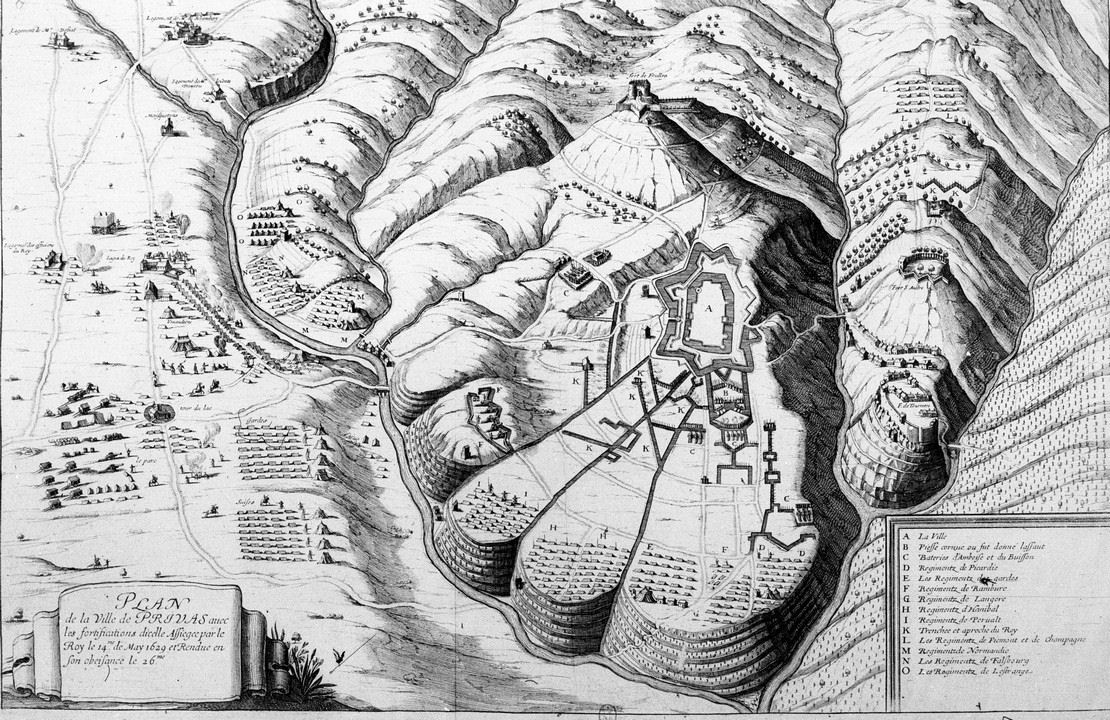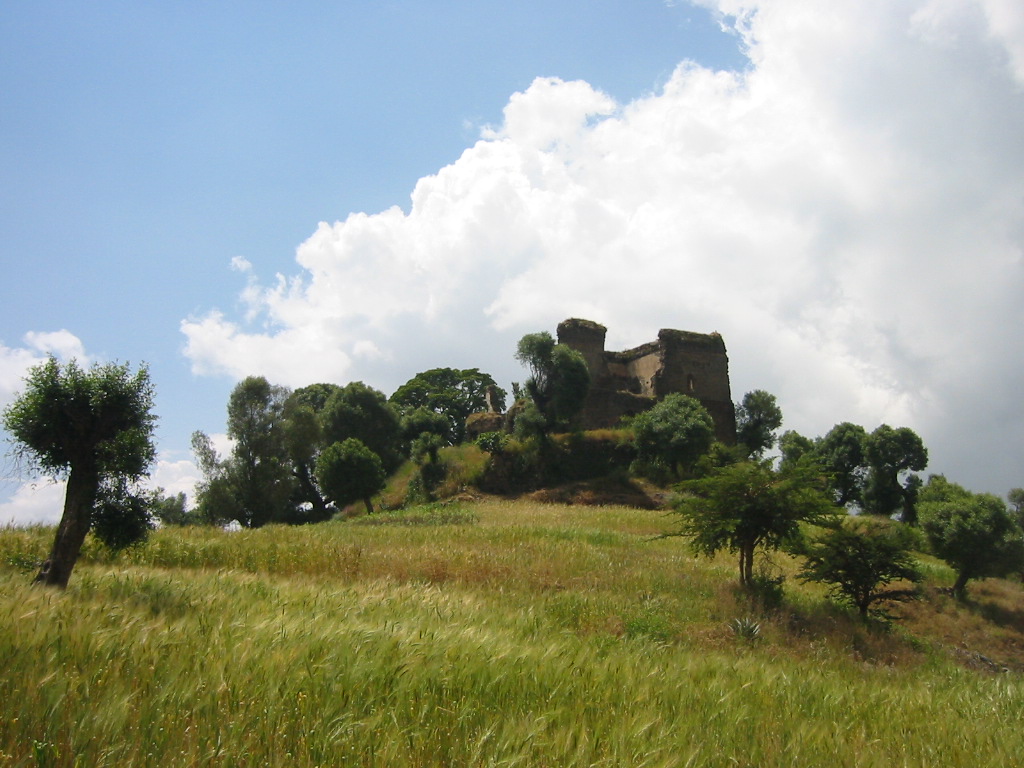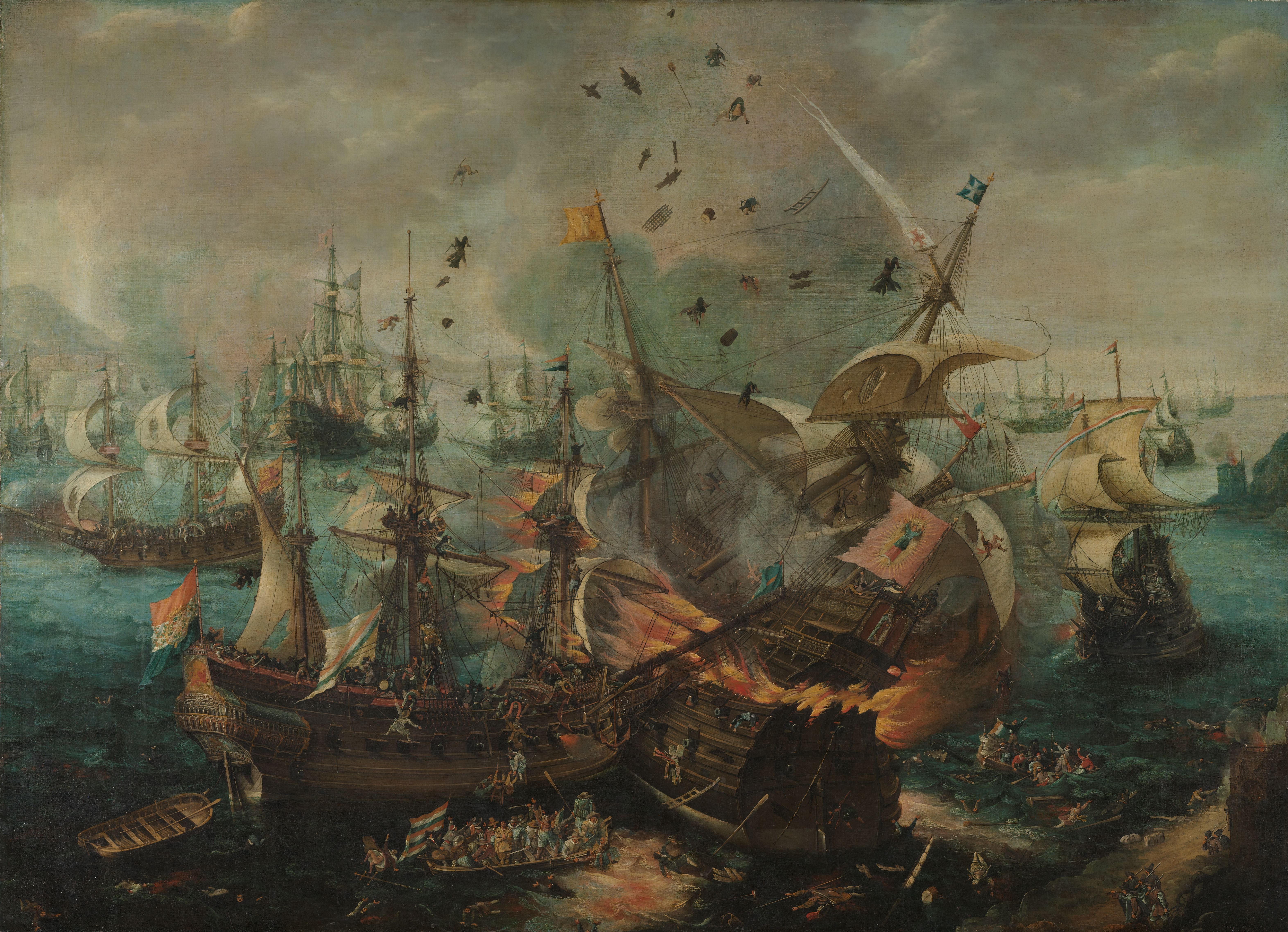|
March 10
Events Pre-1600 *241 BC – First Punic War: Battle of the Aegates: The Romans sink the Carthaginian fleet bringing the First Punic War to an end. * 298 – Roman Emperor Maximian concludes his campaign in North Africa and makes a triumphal entry into Carthage. * 947 – The Later Han is founded by Liu Zhiyuan. He declares himself emperor. *1496 – After establishing the city of Santo Domingo, Christopher Columbus departs for Spain, leaving his brother in command. * 1535 – Spaniard Fray Tomás de Berlanga, the fourth Bishop of Panama, discovers the Galápagos Islands by chance on his way to Peru. 1601–1900 * 1607 – Susenyos I defeats the combined armies of Yaqob and Abuna Petros II at the Battle of Gol in Gojjam, making him Emperor of Ethiopia. * 1629 – Charles I dissolves the Parliament of England, beginning the eleven-year period known as the Personal Rule. *1661 – French "Sun King" Louis XIV begins his personal rule of Fr ... [...More Info...] [...Related Items...] OR: [Wikipedia] [Google] [Baidu] |
241 BC
__NOTOC__ Year 241 BC was a year of the pre-Julian Roman calendar. At the time it was known as the Year of the Consulship of Atticus and Cerco (or, less frequently, year 513 ''Ab urbe condita''). The denomination 241 BC for this year has been used since the early medieval period, when the Anno Domini calendar era became the prevalent method in Europe for naming years. Events By place Greece * The Eurypontid King of Sparta, Agis IV, is called away from Sparta when Aratus of Sicyon, temporarily Sparta's ally, requests Agis' aid in his war against the Aetolians. Upon his return, Agis finds that his supporters are discontented with the rule of his uncle, Agesilaus, and are disillusioned by the delay in implementing Agis IV's reforms. As a result, the Agiad king of Sparta, Leonidas II, gains power, supported by mercenaries. Rather than engage in a war with Leonidas, Agis takes sanctuary in a temple, but is enticed out, summarily tried and then executed, along with his mother ... [...More Info...] [...Related Items...] OR: [Wikipedia] [Google] [Baidu] |
Galápagos Islands
The Galápagos Islands ( es, Islas Galápagos) are an archipelago of volcanic islands in the Eastern Pacific, located around the Equator west of the mainland of South America. They form the Galápagos Province of the Republic of Ecuador, with a population of slightly over 33,000 (2020). The province is divided into the Cantons of Ecuador, cantons of San Cristóbal Island, San Cristóbal, Santa Cruz Island (Galápagos), Santa Cruz, and Isabela Island (Galápagos), Isabela, the three most populated islands in the chain. The Galápagos are famous for their large number of Endemism, endemic species, which were studied by Charles Darwin in the 1830s and inception of Darwin's theory, inspired his theory of evolution by means of natural selection. All of these islands are protected as part of Ecuador's Galápagos National Park and Galápagos Marine Reserve, Marine Reserve. Thus far, there is no firm evidence that Polynesian expansion, Polynesians or the indigenous peoples of South Am ... [...More Info...] [...Related Items...] OR: [Wikipedia] [Google] [Baidu] |
Parliament Of England
The Parliament of England was the legislature of the Kingdom of England from the 13th century until 1707 when it was replaced by the Parliament of Great Britain. Parliament evolved from the great council of bishops and peers that advised the English monarch. Great councils were first called Parliaments during the reign of Henry III (). By this time, the king required Parliament's consent to levy taxation. Originally a unicameral body, a bicameral Parliament emerged when its membership was divided into the House of Lords and House of Commons, which included knights of the shire and burgesses. During Henry IV's time on the throne, the role of Parliament expanded beyond the determination of taxation policy to include the "redress of grievances," which essentially enabled English citizens to petition the body to address complaints in their local towns and counties. By this time, citizens were given the power to vote to elect their representatives—the burgesses—to ... [...More Info...] [...Related Items...] OR: [Wikipedia] [Google] [Baidu] |
Charles I Of England
Charles I (19 November 1600 – 30 January 1649) was King of England, Scotland, and Ireland from 27 March 1625 until his execution in 1649. He was born into the House of Stuart as the second son of King James VI of Scotland, but after his father inherited the English throne in 1603, he moved to England, where he spent much of the rest of his life. He became heir apparent to the kingdoms of England, Scotland, and Ireland in 1612 upon the death of his elder brother, Henry Frederick, Prince of Wales. An unsuccessful and unpopular attempt to marry him to the Spanish Habsburg princess Maria Anna culminated in an eight-month visit to Spain in 1623 that demonstrated the futility of the marriage negotiation. Two years later, he married the Bourbon princess Henrietta Maria of France. After his 1625 succession, Charles quarrelled with the English Parliament, which sought to curb his royal prerogative. He believed in the divine right of kings, and was determined to govern acc ... [...More Info...] [...Related Items...] OR: [Wikipedia] [Google] [Baidu] |
1629
Events January–March * January 7– Henry Frederick, Hereditary Prince of the Palatinate, the 15-year-old son of the German Palatinate elector, Frederick V, drowns in an accident while sailing to Amsterdam. * January 19– Abbas the Great, one of the greatest rulers in Iranian history and the most powerful of the Safavid dynasty Shahs, dies after a reign of more than 40 years. * January 28– Sam Mirza, son of the late Mohammad Baqer Mirza and grandson of Abbas the Great, is crowned as the new Shah of Persia and takes the regnal name Safi. * February 11– Puritan migration to New England (1620–1640): Around 350 English Puritans on six ships, led by Francis Higginson in the '' Lyon's Whelp'', sail from Yarmouth, Isle of Wight, heading to the Massachusetts Bay Colony in America. They arrive on June 19. * March 4 – Massachusetts Bay Colony is granted a Royal Charter, and the county is the first to be created in the United States. The ar ... [...More Info...] [...Related Items...] OR: [Wikipedia] [Google] [Baidu] |
Boydell & Brewer
Boydell & Brewer is an academic press based in Woodbridge, Suffolk, England, that specializes in publishing historical and critical works. In addition to British and general history, the company publishes three series devoted to studies, editions, and translations of material related to the Arthurian legend. There are also series that publish studies in medieval German and French literature, Spanish theatre, early English texts, in other subjects. Depending on the subject, its books are assigned to one of several imprints in Woodbridge, Cambridge (UK), or Rochester, New York, location of its principal North American office. Imprints include Boydell & Brewer, D.S. Brewer, Camden House, the Hispanic series Tamesis Books ("Tamesis" is the Latin version of the River Thames, which flows through London), the University of Rochester Press, James Currey, and York Medieval Press. The company was co-founded by historians Richard Barber and Derek Brewer in 1978, merging the two co ... [...More Info...] [...Related Items...] OR: [Wikipedia] [Google] [Baidu] |
Emperor Of Ethiopia
The emperor of Ethiopia ( gez, ንጉሠ ነገሥት, nəgusä nägäst, " King of Kings"), also known as the Atse ( am, ዐፄ, "emperor"), was the hereditary ruler of the Ethiopian Empire, from at least the 13th century until the abolition of the monarchy in 1975. The emperor was the head of state and head of government, with ultimate executive, judicial and legislative power in that country. A '' National Geographic'' article from 1965 called imperial Ethiopia "nominally a constitutional monarchy; in fact t wasa benevolent autocracy". Title and style The title " King of Kings", often rendered imprecisely in English as "emperor", dates back to ancient Mesopotamia, but was used in Axum by King Sembrouthes (c. 250 AD). However, Yuri Kobishchanov dates this usage to the period following the Persian victory over the Romans in 296–297. The most notable pre-Solomonic usage of the title "Negusa Nagast" was by Ezana of Axum; despite this, prior to the beginning of the ... [...More Info...] [...Related Items...] OR: [Wikipedia] [Google] [Baidu] |
Gojjam
Gojjam ( ''gōjjām'', originally ጐዛም ''gʷazzam'', later ጐዣም ''gʷažžām'', ጎዣም ''gōžžām'') is a historical province in northwestern Ethiopia, with its capital city at Debre Marqos. Gojjam's earliest western boundary extended up unto the triangle to ancient Meroë in Sudan. By 1700, Gojjam's western neighbors were Agawmeder in the southwest and Qwara in the northwest. Agawmeder, never an organized political entity, was gradually absorbed by Gojjam until it reached west to the Sultanate of Gubba; Juan Maria Schuver noted in his journeys in Agawmeder (September 1882) that in three prior months, "the Abyssinians considerably advanced their frontier towards the West, effacing what was left of the independent regions." Gubba acknowledged its dependence to Emperor Menelik II in 1898, but by 1942 was absorbed into Gojjam. Dek Island in Lake Tana was administratively part of Gojjam until 1987. History The ancient history of Gojjam is mostly associated wi ... [...More Info...] [...Related Items...] OR: [Wikipedia] [Google] [Baidu] |
Abuna
Abuna (or Abune, which is the status constructus form used when a name follows: Ge'ez አቡነ ''abuna''/''abune'', 'our father'; Amharic and Tigrinya) is the honorific title used for any bishop of the Ethiopian Orthodox Tewahedo Church as well as of the Eritrean Orthodox Tewahedo Church. It was historically used solely for the head of the Coptic Orthodox Church in Ethiopia during the more than 1000 years when the Coptic Patriarchate of Alexandria appointed only one bishop at a time to serve its Ethiopian flock. When referred to without a name following, it is ''Abun'', and if a name follows, it becomes ''Abuna'' (e.g., ''Abuna Paulos''). History Historically the Abun of the Ethiopian Church was appointed by the Pope of Alexandria and Patriarch of All Africa, who had diocesan authority over Ethiopia and the rest of Africa, at the request of the Emperor and, in historic times, after paying a substantial fee to the Muslim government for the privilege. The Abun would be select ... [...More Info...] [...Related Items...] OR: [Wikipedia] [Google] [Baidu] |
Yaqob
Yaqob I ( gez, ያዕቆብ; c. 1590 – 10 March 1607), throne name Malak Sagad II (Ge'ez: መለክ ሰገድ), was Emperor of Ethiopia from 1597 to 1607, and a member of the Solomonic dynasty. He was the eldest surviving son of Sarsa Dengel. According to E. A. Wallis Budge, Yaqob's mother was Empress Maryam Sena; others sources suggest she was Emebet Harego of the Beta Israel. Because Yaqob had at least three sons before his death, it is likely he was born no later than 1590. Most Ethiopian sources including Tekle Tsadik Mekuria however state that his mother was Harego, but that Empress Maryam Sena championed his right to the throne as she only bore Emperor Sarsa Dengel daughters, and hoped to dominate a long term regency for the boy monarch. Life Sarsa Dengel had intended to make his nephew Za Dengel his successor, but under the influence of his wife Maryam Sena and a number of his sons-in-law, he instead chose Yaqob, who was seven when he came to the throne, with '' Ras'' ... [...More Info...] [...Related Items...] OR: [Wikipedia] [Google] [Baidu] |
Susenyos I
Susenyos I ( gez, ሱስንዮስ ; circa 1571-1575 – 17 September 1632), also known as Susenyos the Catholic, was Emperor of Ethiopia from 1606 to 1632, and a member of the Solomonic dynasty. His throne names were Seltan Sagad and Malak Sagad III. He was the son of ''Abeto'' Fasil, as well as the grandson of ''Abeto'' Yakob and the great-grandson of Dawit II. As a result, while some authorities list Susenyos as a member of the Solomonic dynasty, others consider him—rather than his son, Fasilides—as the founder of the Gondar line of the dynasty (which is, however, ultimately a subset of the Solomonic dynasty). The life of Susenyos is known through his chronicle, written by several official writers (''sehafe te’ezaz''). The Jesuits, who were closely associated with Susenyos’s reign, also left numerous documents on their mission in Ethiopia. Manuel de Almeida, a Portuguese Jesuit who lived in Ethiopia during Susenyos' reign, described the emperor as tall with the f ... [...More Info...] [...Related Items...] OR: [Wikipedia] [Google] [Baidu] |
1607
Events January–June * January 13 – The Bank of Genoa fails, after the announcement of national bankruptcy in Spain. * January 19 – San Agustin Church, Manila, is officially completed; by the 21st century it will be the oldest church in the Philippines. * January 30 – A massive wave sweeps along the Bristol Channel, possibly a tsunami, killing 2,000 people. * February 24 – Claudio Monteverdi's ''L'Orfeo'', the earliest fully developed opera in the modern-day repertoire, premieres at the Ducal Palace of Mantua. * March 10 – Battle of Gol in Gojjam: Susenyos defeats the combined armies of Yaqob and Abuna Petros II, which makes him Emperor of Ethiopia. * April 25 – Battle of Gibraltar: A Dutch fleet destroys a Spanish fleet anchored in the Bay of Gibraltar. * April 26 – English colonists make landfall at Cape Henry, Virginia, later moving up the James River. * May 14 – Jamestown, Virginia, is established as the first p ... [...More Info...] [...Related Items...] OR: [Wikipedia] [Google] [Baidu] |




